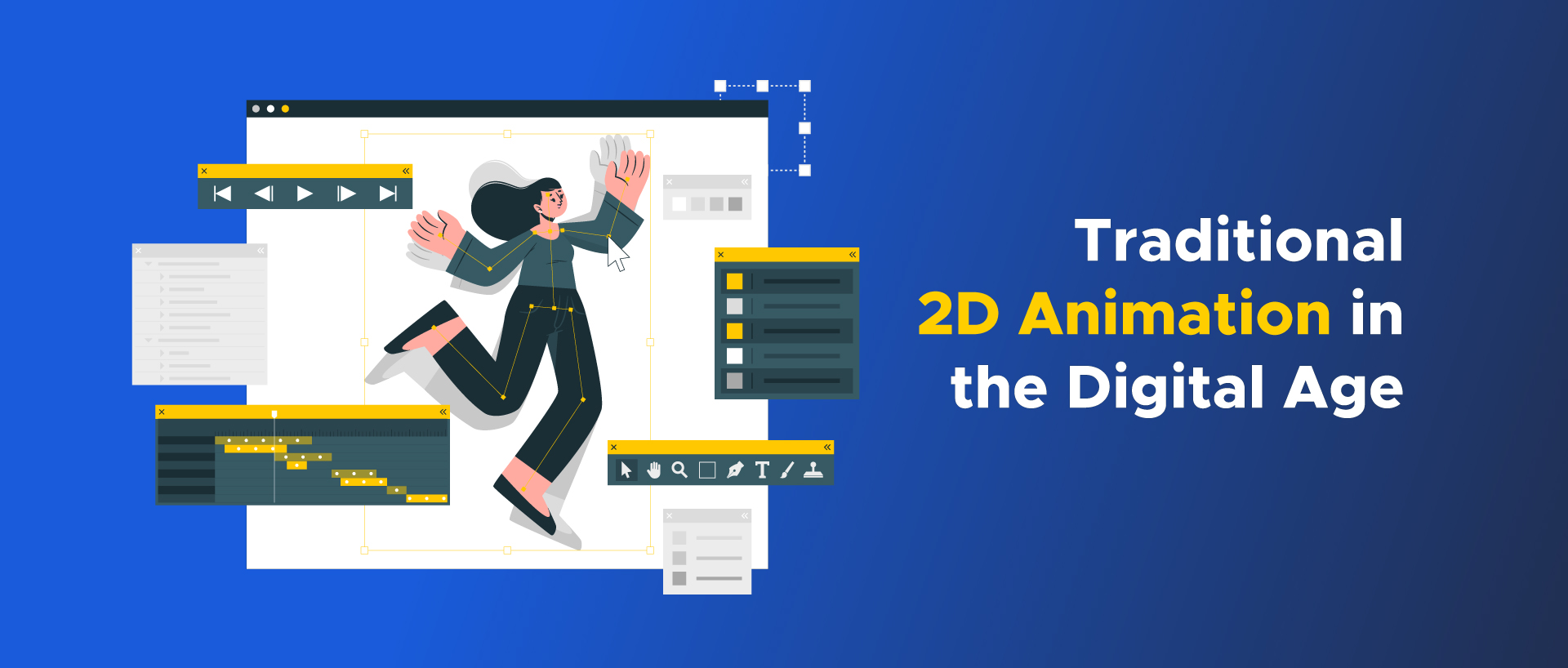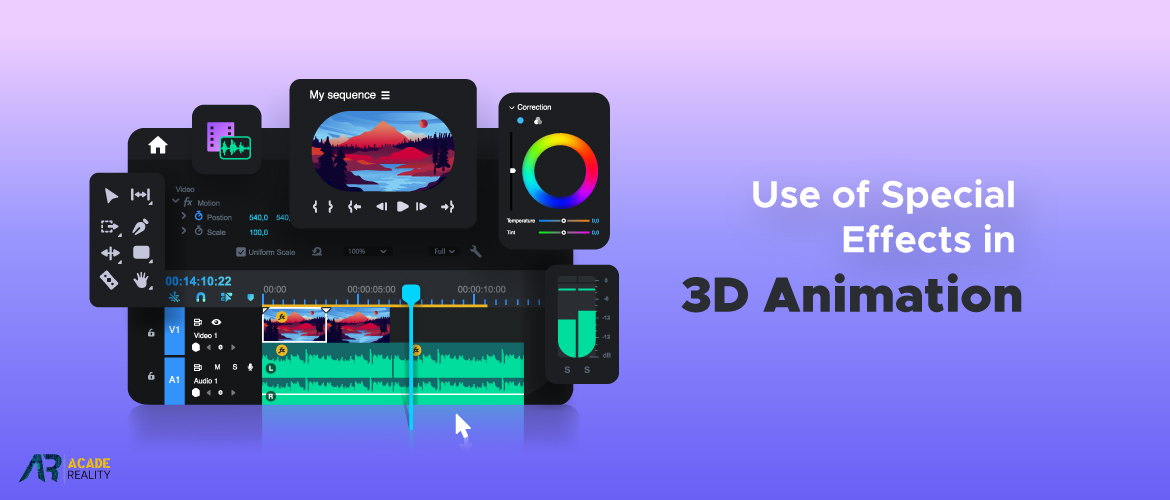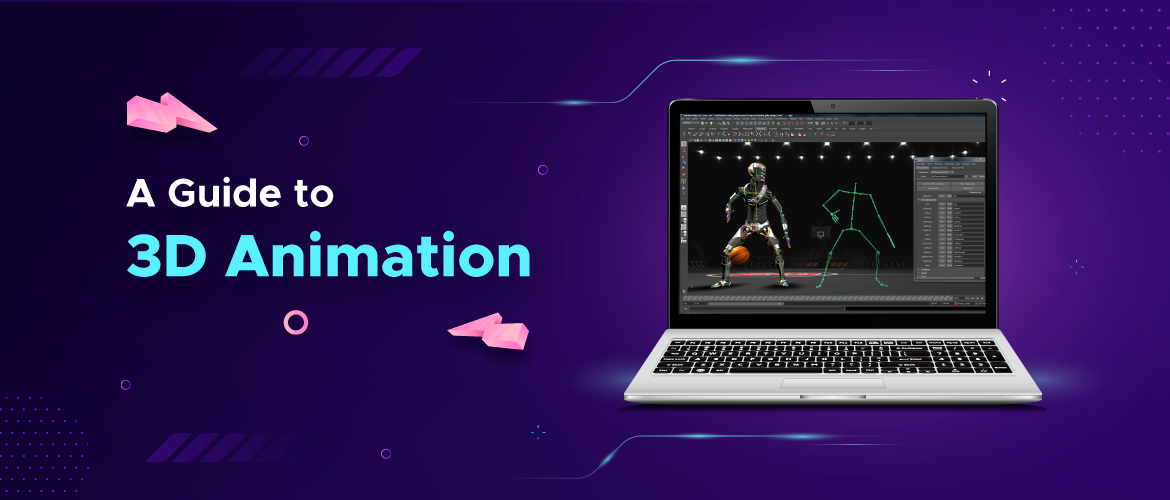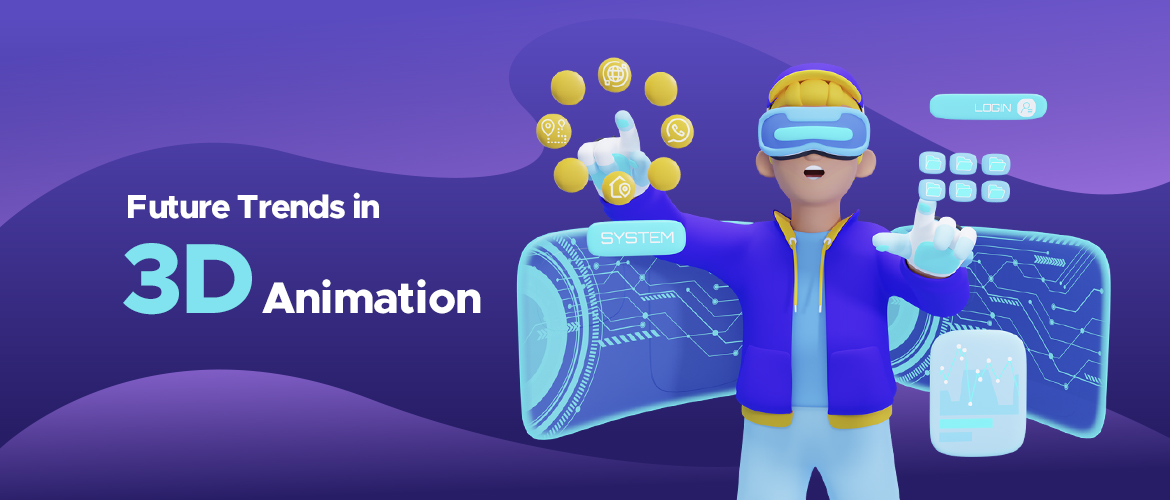Leatest Blogs
Explore the Significance of Traditional 2D Animation in the Digital Age

The exploration of traditional animation 2D significance in the digital age unveils a rich tapestry of history, craftsmanship, and artistic expression. From its humble origins to contemporary challenges and innovations, this blog delves into the enduring appeal of hand-drawn animation.
We will take a journey through its historical roots, understanding its unique characteristics and examining its profound impact on culture. As we compare it with 3D animation, explore its contemporary applications, and foresee future trends, the blog underscores the continued relevance of animation in 2D, encouraging a nuanced appreciation for this timeless art form in the ever-evolving digital era.
Traditional 2D animation, often referred to as hand-drawn animation, is a classic form of animation that involves creating a sequence of individual frames, each slightly different from the one before, to create the illusion of motion. Unlike 3D animation, which relies on computer-generated imagery, It is rooted in the craftsmanship of artists who bring characters and stories to life through manual drawing techniques.
Evolution of Animation in the Digital Age
The digital age has witnessed a profound transformation in the field of animation. While 3D animation has become dominant in many aspects, the roots of animation lie in the traditional 2D format. The evolution from traditional to digital techniques has not diminished the importance of 2D animation in the digital age; instead, it has provided new avenues for creativity and expression.
Purpose of Exploring Traditional Animation in 2D
This exploration aims to delve into the historical, cultural, and artistic aspects of 2D animation. By understanding its roots and evolution, we can better appreciate the significance of this timeless form of animation in the context of the digital age.
Historical Perspective
This broader view allows us to analyze patterns, identify causes and effects, and make more informed decisions for the future.
Origins of 2D in Animation
The origins of animation in 2D can be traced back to the early 20th century, with pioneers like Winsor McCay creating the first hand-drawn animated films. The development of cel animation, where characters were drawn on transparent sheets, marked a significant leap in the evolution of 2D in animation.
Milestones in the Development of Traditional Animation
The mid-20th century saw the golden age of animation with the emergence of iconic studios like Disney and Warner Bros. Their contributions, such as the creation of feature-length animated films, remain foundational in the history of animation.
Cultural Impact of Traditional Animation
From Saturday morning cartoons to beloved animated characters, This has left an indelible mark on global popular culture. Its ability to convey emotions and tell engaging stories has resonated with audiences of all ages, transcending cultural boundaries.
Characteristics of Traditional Animation
Traditional animation is known for its hand-drawn artwork and frame-by-frame animation technique. It often involves the use of pencil and paper, where animators meticulously create each frame. This method allows for a more organic and expressive style, with a focus on fluid movements and detailed character designs.
Hand-Drawn Animation Techniques
The heart of 2D animation services lies in the hands of skilled artists who meticulously craft each frame. This tactile approach fosters a unique connection between the animator and the artwork, resulting in a personal and expressive visual language.
Frame-by-Frame Animation Process
The frame-by-frame animation process involves creating a sequence of individual drawings, with each frame capturing a specific moment in the movement. This labor-intensive technique demands precision and skill, showcasing the dedication of animators to their craft.
Artistic Expression in Animation
Traditional animation allows for a wide range of artistic styles and expressions. Artists can experiment with various techniques, bringing a distinct aesthetic to their work. This artistic freedom contributes to the diversity and richness of the animation landscape.
2D Animation's Significance
It continues to hold significant value and relevance. While computer-generated 3D animation has gained popularity, It offers a unique charm and artistic appeal that cannot be replicated.
Nostalgia and Cultural Connection
In the digital age, traditional animation carries a nostalgic appeal, invoking fond memories of classic animated films and cartoons. This sense of nostalgia fosters a deep cultural connection as audiences appreciate the timeless charm of hand-drawn animation.
Artistic Value and Craftsmanship
The artistic value of 2D in animation is unparalleled. The craftsmanship involved in creating each frame elevates the medium to a form of art. This dedication to the hand-drawn process brings a unique warmth and authenticity to animated storytelling.
Educational and Historical Importance
Traditional animation serves as an educational tool, offering aspiring animators a foundational understanding of animation principles. Moreover, it holds the historical importance of 2D animation in the digital age, preserving the heritage of animation and contributing to the ongoing evolution of the art form.
Comparison with 3D Animation
When comparing 3D animation to other forms of animation, there are several key differences to consider. They are as follows:
Unique Qualities of Traditional Animation in 2D
While 3D animation has its merits, It offers a distinct set of qualities. The organic, hand-crafted feel and the ability to convey emotions more directly distinguish it from its three-dimensional counterpart.
Advantages and Limitations Compared to 3D Animation
Traditional animation excels in conveying a sense of charm and simplicity, but it may have limitations in terms of visual realism. In contrast, 3D animation provides a more immersive and visually sophisticated experience. Recognizing the strengths and weaknesses of each medium is crucial in understanding their respective roles.
Coexistence of 2D and 3D Animation in Modern Media
In the modern media landscape, 2D and 3D animation coexist harmoniously. While 3D animation dominates in certain industries, It continues to thrive in areas where its unique qualities are valued, contributing to the diverse tapestry of animated content.
Contemporary Applications of Traditional 2D Animation
The techniques have found a place in contemporary media, particularly in the realm of video games. Many game developers still utilize hand-drawn animation to create visually stunning and immersive gaming experiences. Additionally, It has also made a comeback in the form of animated films, with studios incorporating these techniques to evoke a sense of nostalgia and charm for audiences.
Use in Film and Television
This remains a staple in the world of film and television. From independent animations to major studio productions, it continues to captivate audiences with its storytelling prowess and timeless appeal.
Influence on Digital Art and Design
The influence of traditional 2D animation extends beyond the realm of animation itself, impacting digital art and design. Artists and designers often draw inspiration from the hand-drawn aesthetic, integrating it into various digital mediums and platforms.
Resurgence in Popularity
In recent years, there has been a resurgence of interest in 2D animation services. Independent animators, studios, and streaming platforms have embraced the medium, leading to a revitalization of hand-drawn storytelling and artistic expression.
Challenges and Innovations
Challenges and innovations go hand in hand in the constantly evolving world of technology. As industries strive to stay ahead of the competition, they face numerous challenges that require innovative solutions. These challenges may include rapid advancements in technology,
Addressing Technological Challenges
Despite the rise of digital tools, It faces challenges, such as the time-intensive nature of the frame-by-frame process. Innovations in technology aim to streamline these challenges, providing animators with tools that preserve the artistic integrity of hand-drawn animation while enhancing efficiency.
Innovations in Traditional Animation Techniques
In the digital age, Its techniques have evolved. Artists now combine traditional hand-drawn methods with digital tools, creating a seamless integration of the two approaches. This innovative fusion allows for greater flexibility and efficiency in the animation process.
Collaborations with Digital Tools and Technologies
Collaborations between traditional animators and digital tools have resulted in new possibilities. From digital tablets that mimic the feel of traditional drawing surfaces to software that enhances the animation process, these collaborations highlight the adaptability of traditional 2D animation in the face of technological advancements.
Future Prospects
The prospects for this project are highly promising. With its innovative approach and potential for scalability, it is expected to attract significant interest from investors and stakeholders.
Potential Trends
As technology continues to advance, It is likely to witness new trends. These may include the exploration of augmented reality (AR) and virtual reality (VR) applications, pushing the boundaries of immersive storytelling and interactive experiences.
Integration with Virtual Reality and Augmented Reality
The integration with VR and AR opens up exciting possibilities. Immersive experiences that combine the charm of hand-drawn animation with cutting-edge technology could redefine storytelling in ways that engage audiences on a deeper level.
Sustainability and Preservation Efforts
Preserving the heritage of traditional animation is crucial for its continued relevance. Efforts to digitize and archive classic hand-drawn animations ensure that future generations can appreciate the artistry and cultural significance of this timeless medium.
Conclusion
Traditional 2D animation stands as a timeless and authentic form of artistic expression in the digital age. Its enduring value, rooted in nostalgia, craftsmanship, and cultural storytelling, complements modern techniques and ensures continued relevance. As we navigate the dynamic landscape of digital media, encouraging exploration and appreciation becomes crucial, bridging the past and the future while fostering a deep connection between audiences and the rich heritage of hand-drawn animation.
You Might Like





